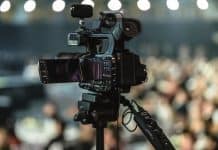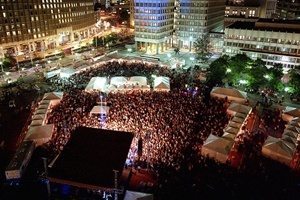 Photograph by John KreisAs a viable and proven means of communication, events are an integral part of traditional marketing, commanding a large percentage of the marketing budget. With more dollars on the line, event business owners are charged with delivering dynamic programs that offer measurable returns on goals and objectives. Leveraging the client's marketing/advertising dollars for maximum effect and return by putting forth your best efforts will result not only in a satisfied client, but also repeat business and new clients by word of mouth.
Photograph by John KreisAs a viable and proven means of communication, events are an integral part of traditional marketing, commanding a large percentage of the marketing budget. With more dollars on the line, event business owners are charged with delivering dynamic programs that offer measurable returns on goals and objectives. Leveraging the client's marketing/advertising dollars for maximum effect and return by putting forth your best efforts will result not only in a satisfied client, but also repeat business and new clients by word of mouth.
Some Statistics
Most multi-day traditional conferences consist of breakout sessions, meals, networking lounges and evening events, all oriented around a general session. As the strategic centerpiece of the event, the financial allocation for a general session is fairly high. Producing the general session show can take the better part of a year in developing messaging, stage design, video, lighting, and audio.
Interestingly enough, even though the cost/time of a general session is on the high end, the total time attendees spend in a general session is about 20 percent of the overall event program, with the remaining time allocated to breakouts, meals, networking lounges, and evening functions. Ironically, even though these other components comprise 80 percent of the event and around 48 percent of the total budget, there is a stark contrast in how these elements are approached and developed in comparison to general session.
Incorporating a Strategic Foundation
One would think the programs outside of the general session would reflect a high level of strategy and creative innovation in terms of surprise, momentum, and integration, given the potential to continue the story of general session with each event program building upon the next. However, the existing process is curiously lacking in fulfilling these directives.
For example, many evening events are approached as solo programs based on a theme, with banquet rounds draped in upscale linens, chairs with or without covers, candles, and floral centerpieces. Add a stage, entertainment, lighting, and sound, and you have all the ingredients of most evening programs. While this may seem negatively exaggerated, it illustrates a point: This is not strategic innovation, but rather a tried-and-true formula for an evening event, one that is somewhat predictable and developed within familiar criteria.
There is no question that linens, chair covers, candles, and floral décor are valid and interesting design elements. With the right touch, they can be visually stunning and often fulfill the objectives of many programs. The problem lies in the approach and the lack of strategy.
Alternatively, the foundation for creating dynamic experiences is rooted in developing concepts that strengthen objectives. This approach considers the goals and objectives of the event and the speakers and how these can be strengthened by choice of location, design and décor, menu, staffing, premiums, etc. The key is developing a unique experience within a context of integration, each element building upon the next.
In the example of the evening event, if the overall show objective was a sense of community, then the evening event could be designed to encourage interaction among attendees, perhaps a different style of seating (long banquettes), an interactive dining experience (family-style service), and a stage in the round would fulfill the directives for the individual event and the overall show in a more special and meaningful way.
Experience the Design, Enhance the Show
As the event team outside of the general session is primarily logistics driven, many event programs are developed within the context of budget and execution. Consider food and beverage programs and the common approach of buffet service with seating at rounds. With average costs approaching 22 to 24 percent of the total event budget in this one key area, there is little strategy around menu development let alone service style as relating to an overriding goal or objective.
Perhaps the critical distinction between the general session and event development is that of orientation: The general session evolves out of a strategy and the entire show unfolds from it. Stages are not themed, they are designed. Videos aren’t a one stock for all experience, but are developed for a unique presentation. Speakers don’t follow a repeatable script; instead, every message is developed to speak to a particular topic. And each element — stage, video, presentation — is integrated to communicate a cohesive message.
In short, the elements of the general session are strategically developed and rendered within the context of a unique framework that together forms a cohesive message. Good shows are multi-sensory experiences. They deliver excitement, drama and surprise and are rarely repeatable in the broader context. The event at large is not always approached in this manner, and, as a result, many lack a sense of integration and cohesion.
The Future?
Themes, stock sets, props, and tried-and-true formulas will not necessarily deliver dynamic event experiences. Consider the past progression of restaurants. Themes were tremendously popular from the late 1980s to the late 1990s. Today, however, the standard is a boutique ambiance featuring innovative food, design, seating, service style, lighting, and graphics that reinforce the concept. As such, a thriving industry has matured and moved past classic, recognizable themes to fully integrated, highly-developed concepts.
As the event industry matures and the landscape of the past (aka, themed environments) wanes, there is a clear and pressing need for a process on the event side that encourages strategic development. There is also a need for professionals who are versed in both creative development and in how live events unfold, a role that is somewhat unfulfilled in the current structure of event teams.
In a “design for all” society, visually rich environments undeniably forge a sense of time and/or place and are powerful tools, but when the treatment becomes repetitive, the experience becomes static. The creative drive in developing dynamic experiences is at once strategic, innovative, and unique. There is no “one size fits all” to events. The industry is not only moving to the next level, it is raising the bar on expectations.
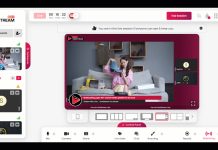
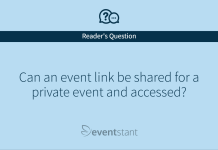

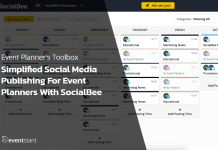
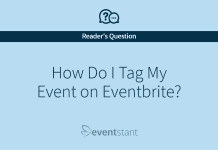
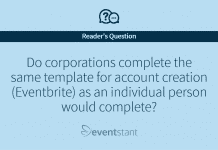

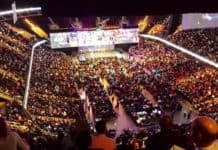

![How Important Are Face to Face Meetings [INFOGRAPHIC]](https://eventstant.com/wp-content/uploads/faceToface_v11-sm-218x150.jpg)



